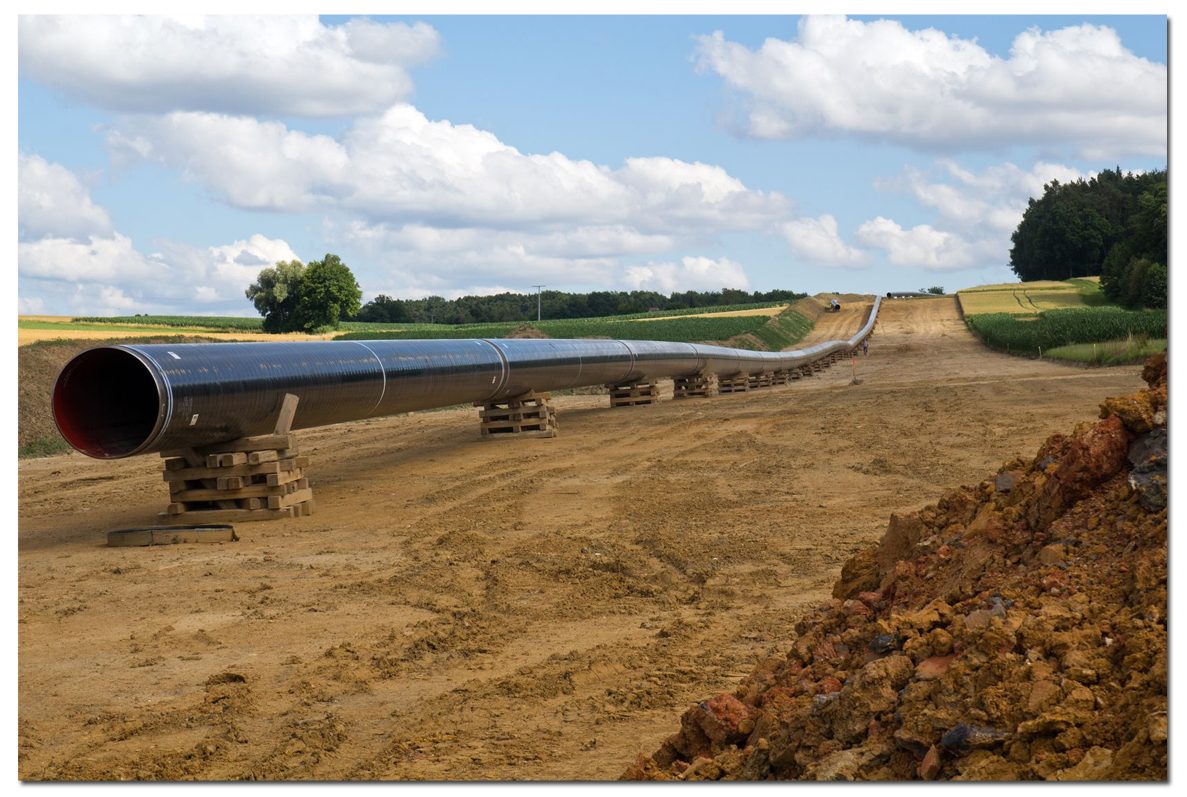
Petroleum Pipelines
Petroleum products are produced from the processing of crude oil and other liquids at petroleum refineries. Petroleum pipelines are found in almost every state and carry gasoline, jet fuel, home heating oil, and diesel fuel. These pipelines directly supply major industries, airports, and electrical power generation plants. There are approximately 63,000 miles of refined product pipelines nationwide.
We believe that petroleum pipelines can impact the market value of nearby properties. Nearby properties are potentially affected because of concerns for oil spills, pipeline ruptures, and other possible dangers. Oil spills often result in both immediate and long-term environmental damage. Pipeline ruptures and other failures may affect local air, water and soil, damage property, sicken and/or kill wildlife, and cause significant injury or death. Residents, businesses, and organizations located in proximity to the pipeline may find themselves in a “high consequence area”.
Natural Gas Underground Storage
Natural gas is a colorless, odorless, and gaseous hydrocarbon stored underground for ease of withdrawal and future consumption. It is stored primarily in three reservoir types: depleted oil and natural gas fields, salt cavern formations and depleted aquifers. There are approximately 400 active storage facilities in 30 states.
We believe that underground storage facilities can impact the market value of nearby properties. Nearby properties may be potentially affected because of market perception and actual risk. Natural gas storage activities may pose several environmental and health threats to nearby residents. Natural gas is flammable and can cause considerable damage if leaks are ignited. A natural gas leak can cause explosions, methane emissions, and other effects. In addition, there is the potential for aesthetic and noise impacts associated with these facilities. We believe that even without quantifying the actual risk, the market perception is decidedly negative.
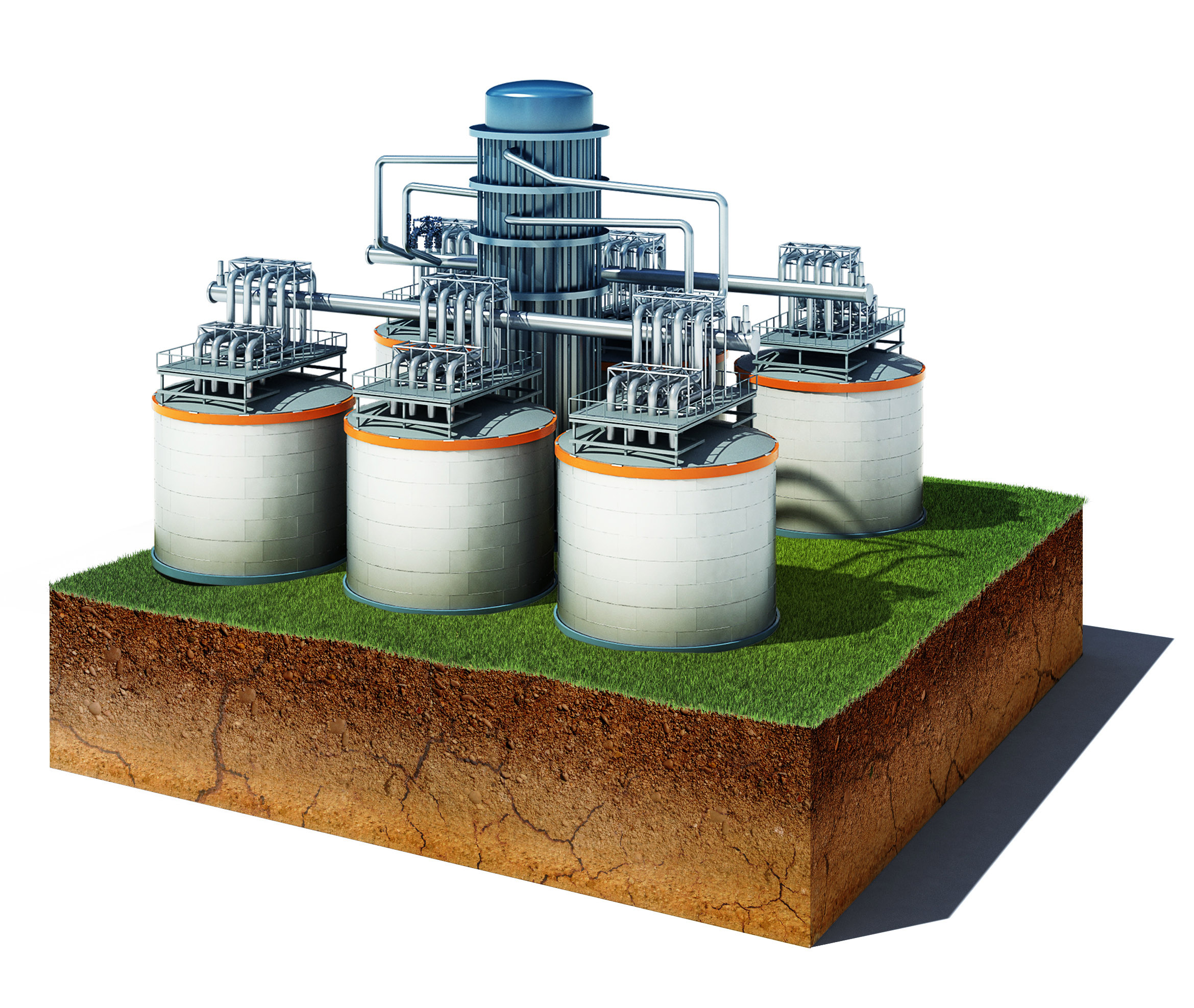
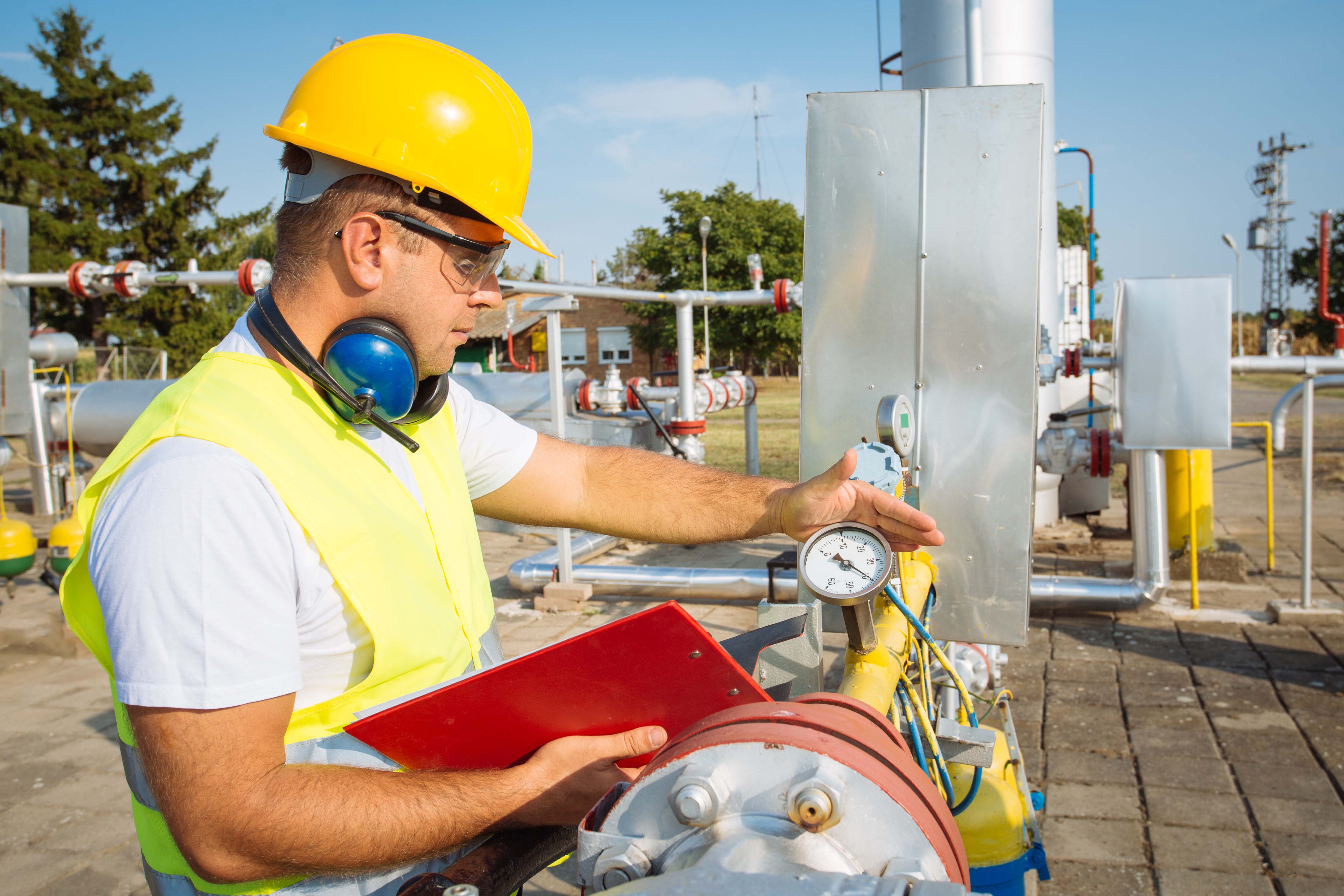
Natural Gas Market Centers
Natural gas market centers evolved in the late 1980s and are now a key component of the North American natural gas transportation network. Market centers have led to the enhancement and expansion of several pipeline systems. There are currently 24 operational natural gas market centers in the United States. Market centers have access to 47 percent of the working gas storage capacity in North America and are connected to most of the high-deliverability storage facilities.
We believe that natural gas market centers can impact the market value of nearby properties. There may be potential risk factors associated with natural gas market centers. Leakage of natural gas pipelines may cause explosions and environmental damage. Pipeline ruptures and other failures are feasible due to operational errors, material defects, and corrosion.
Natural Gas Interstate/Intrastate Pipelines
Natural gas is an odorless transparent gas, consisting primarily of methane, with minor amounts of ethane, propane, butane, hydrogen sulfide, carbon dioxide, nitrogen, and oxygen. The U.S. natural gas pipeline network is a highly-interconnected system that transports natural gas to and from locations in the lower 48 States. There are more than 210 natural gas pipeline systems that include 305,000 miles of interstate and intrastate transmission pipelines.
Natural gas pipelines can impact the market value of nearby properties. Nearby properties are potentially affected because of concerns for pipeline ruptures and possible dangers. Natural gas pipelines may also pose several environmental and health threats to nearby residents. Pipeline ruptures and other failures may affect local air, water and soil, damage property, sicken and/or kill wildlife, and cause significant injury or death. Residents, businesses, and organizations located in proximity to the pipeline may find themselves in a “high consequence area”.
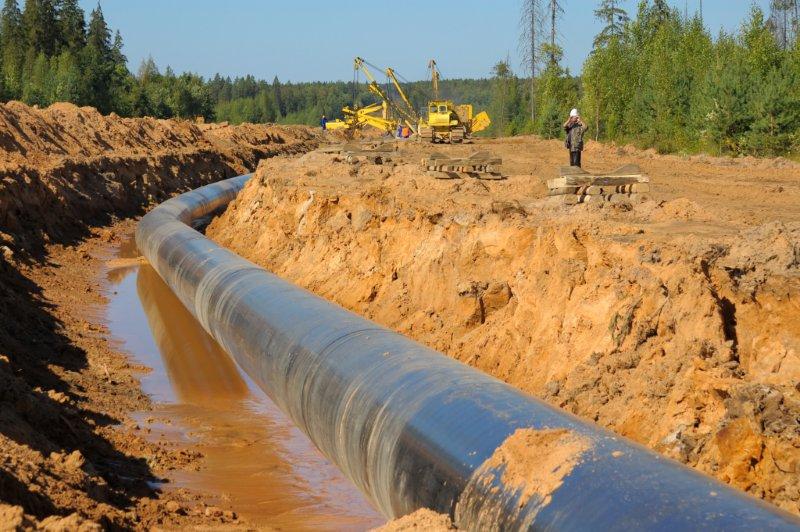
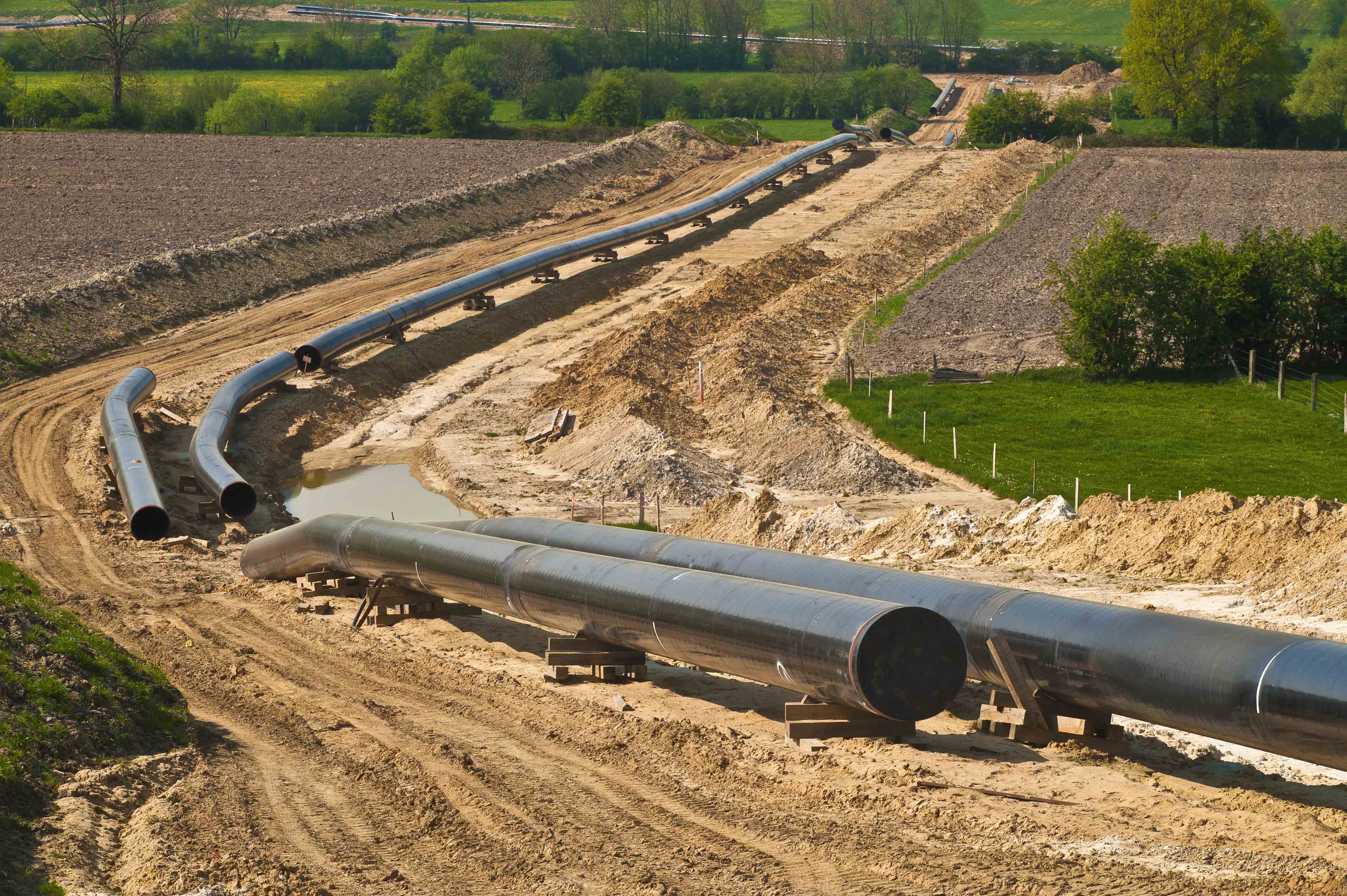
Crude Oil Pipelines
Crude oil pipelines are the foundation of our liquid energy supply. Crude oil is a mixture of hydrocarbons that exists as a liquid in underground geologic formations and remains a liquid when brought to the surface. There are approximately 72,000 miles of crude oil system lines in the United States that connect regional markets.
We believe Crude oil pipelines impact the market value of nearby properties. Nearby properties are potentially affected because of concerns for oil spills, pipeline ruptures, and other possible dangers. In addition, crude oil is dangerous because it contains many chemicals that are hazardous to humans. Oil spills often result in both immediate and long-term environmental damage. Residents, businesses, and organizations located in proximity to the pipeline may find themselves in a “high consequence area”.
HGL Pipelines
Hydrocarbon gas liquids (HGL) are produced when raw natural gas is processed at natural gas processing plants and when crude oil is refined into petroleum products. HGL pipelines can impact the market value of nearby properties. Nearby properties may potentially be affected because of concerns for pipeline ruptures and possible dangers. Pipeline ruptures and other failures may affect local air, water, and soil. They can damage property, sicken and/or kill wildlife, and cause significant injury or death. Residents, businesses, and organizations located in proximity to the pipeline may find themselves in a high consequence area.
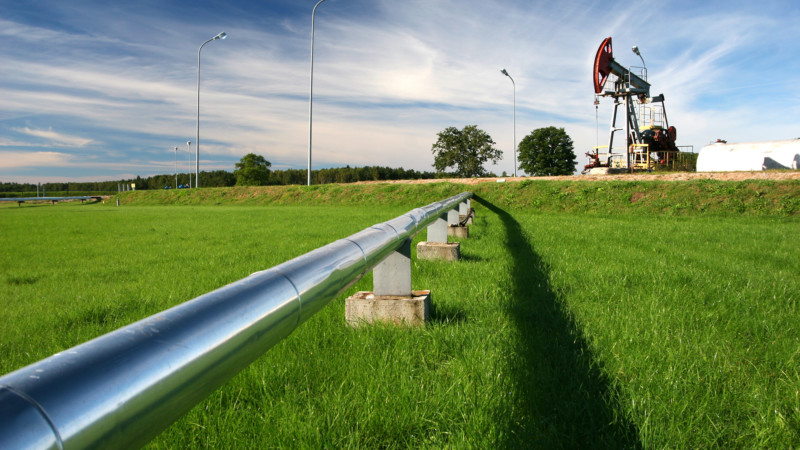
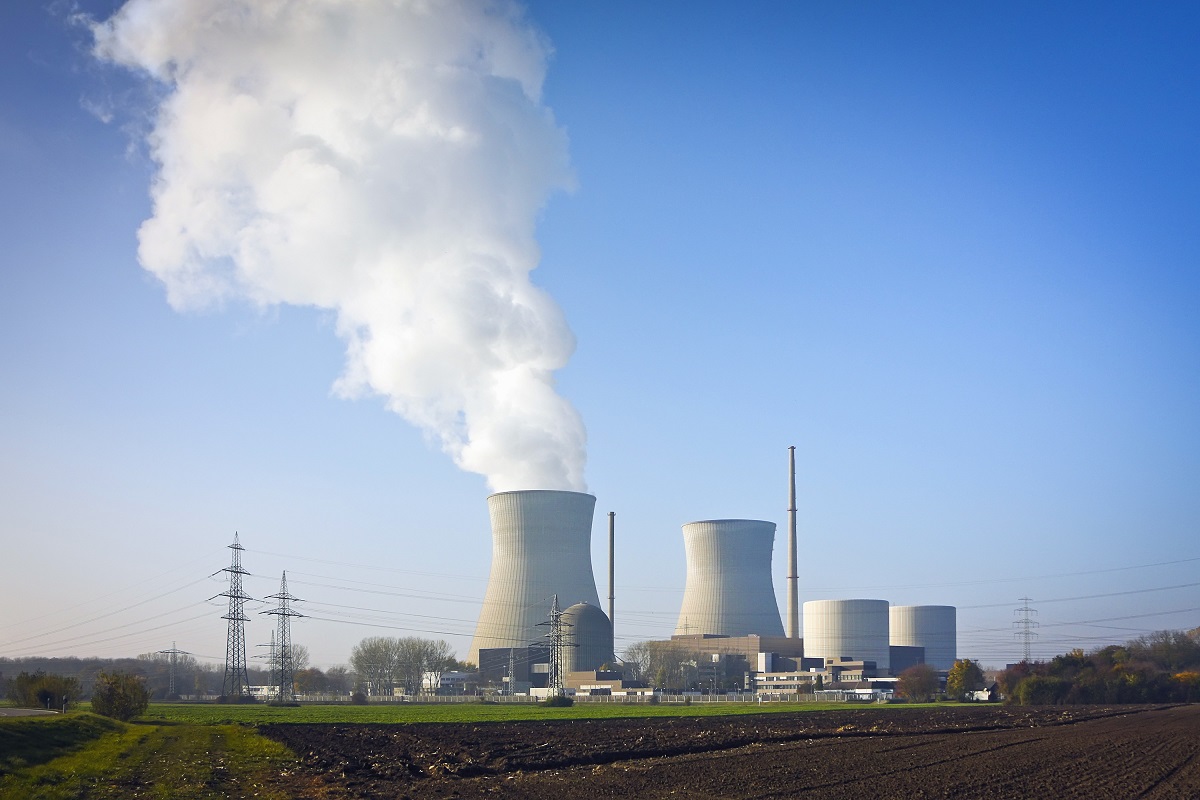
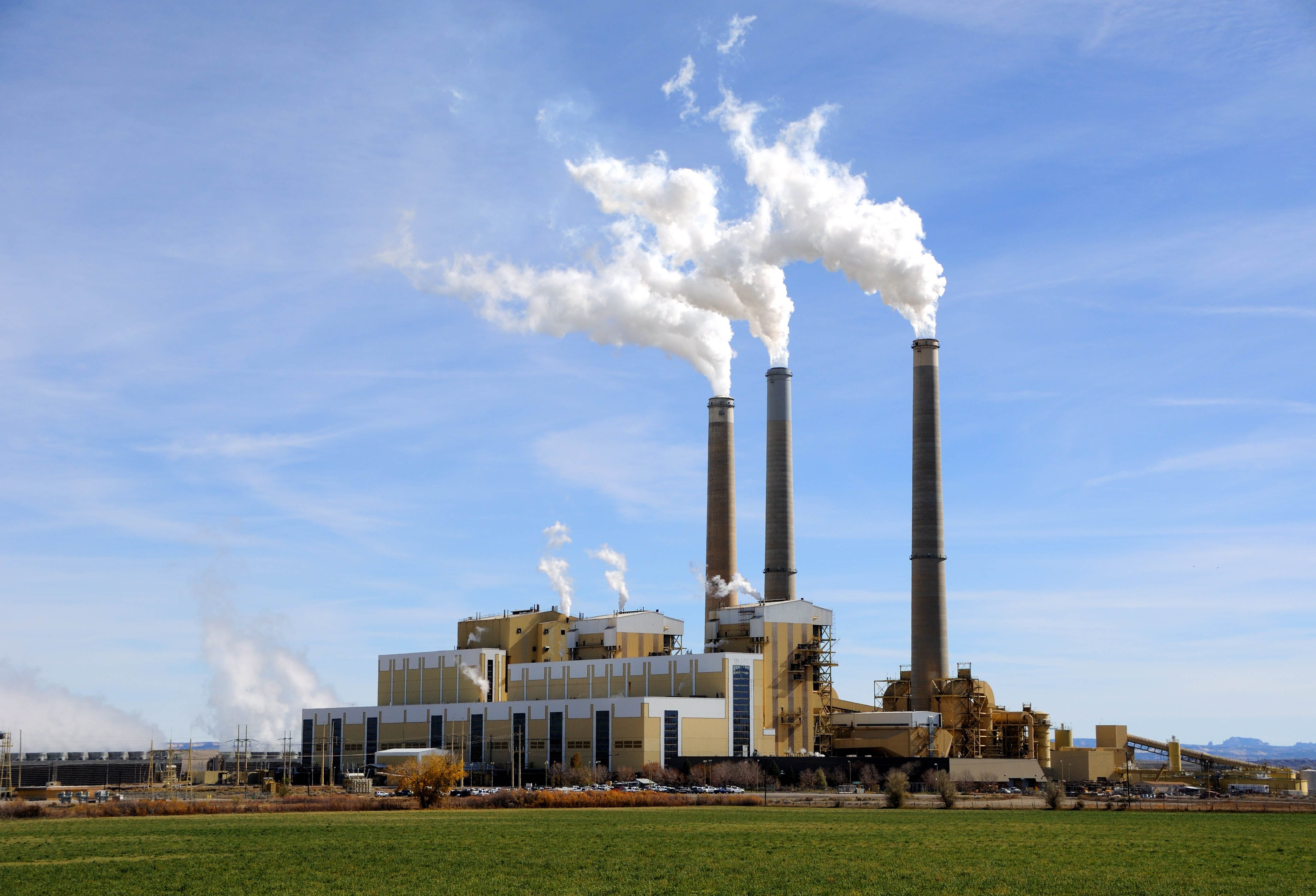
Power Plants (Including Nuclear)
Power plants are facilities designed to produce electric energy. There are several types of electric power generating plants, such as fossil fuel power plants, hydroelectric power plants, solar thermal power plants, geothermal power plants, wind power plants, and nuclear power plants. The United States alone has 7,658 power plants with operational generators.
We believe power plants can negatively impact the market value of nearby properties Nearby properties are potentially affected because of the plant´s size, use, and architecture. Power plants may also pose several environmental and health threats to nearby residents. Power plants use water from local lakes and rivers for cooling, and often excess water is released back into the waterway which may cause water pollution from salts and heavy metals.
Coal-fired power plants produce more hazardous air pollution in the U.S. than any other industrial pollution source. A coal-burning power plant releases a mixture of toxic chemicals into the environment. These chemicals include nitrogen oxides, sulfur dioxide, mercury, and dozens of other substances known to be hazardous to human health. Over 386,000 tons of air pollutants are emitted from over 400 plants in the U.S. per year.
Nuclear power plants use the energy released by the decay of certain radioactive isotopes. Nuclear power plants have regular releases of low-level radiation, which some believe will not cause significant harm. However, we believe that the more a person is exposed to ionizing radiation, the greater the possibility that this exposure could damage body cells and lead to cancer. In addition, a nuclear accident can have severe consequences. A nuclear meltdown is an accident in which overheating of the nuclear reactor results in the melting of the reactor's core. We believe that proximity to a nuclear power plant will almost always have a negative effect on property values.
Domestic/Industrial Wastewater Treatment Facilities
Domestic wastewater refers to liquids collected from residences, offices, and institutions. The collection and treatment of domestic sewage and wastewater is vital to public health and clean water. Sewers collect sewage and wastewater from homes and deliver it to wastewater treatment facilities before it is discharged to bodies of water or land. Industrial wastewater refers to wastewater from manufacturing facilities. Wastewater discharged from industrial and commercial sources may contain toxic pollutants. Treatment is accomplished by subjecting the wastewater to a combination of physical, chemical, and/or biological processes that reduce the concentration of contaminants.
We believe wastewater treatment facilities can impact the market value of nearby properties. Nearby properties may be potentially affected because of the plant’s size, use, and architecture. Chemicals, bacteria, and other organisms from wastewater treatment facilities can become airborne during the treatment process., especially in windy and humid conditions. Those living near the plant may also be exposed to eye irritation, central nervous system damage, and possible poisoning. Wastewater treatment plants may also attract flies and other pests. These insects pose a risk of spreading bacteria and chemicals from the wastewater treatment facility into the community.
The wastewater treatment process often emits foul odors. While these odors are not harmful, they are unpleasant and could result in a nuisance to those living nearby. Like any other technology, these facilities suffer malfunctions and mechanical failures. These failures can result in the flooding of the facility and surrounding areas. Most wastewater treatment plants utilize concrete tanks that are often partially underground to process wastewater. Over time, these tanks can develop cracks. If these cracks are not repaired immediately, tank contents can leak and contaminate underlying soils and groundwater. This could result in on-site contamination and eventually lead to third-party property damage from contaminants migrating off-site.
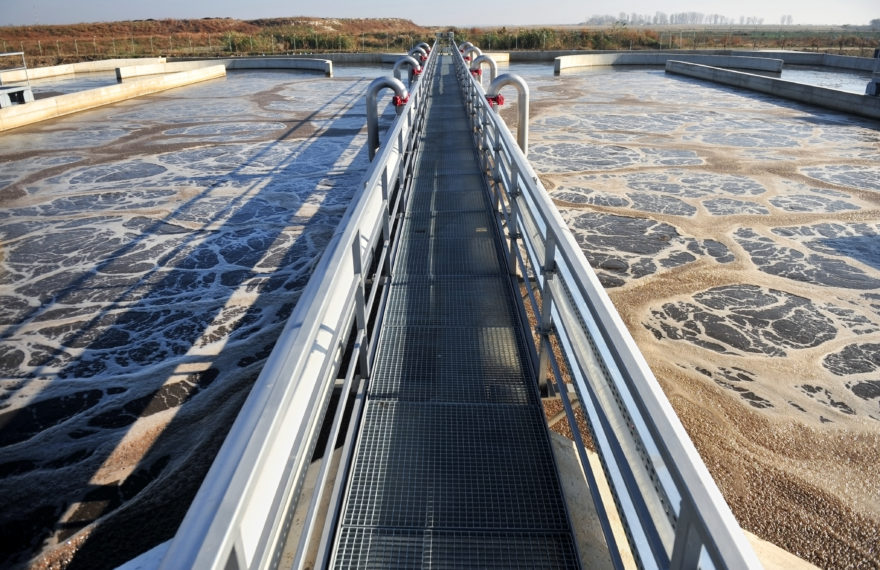
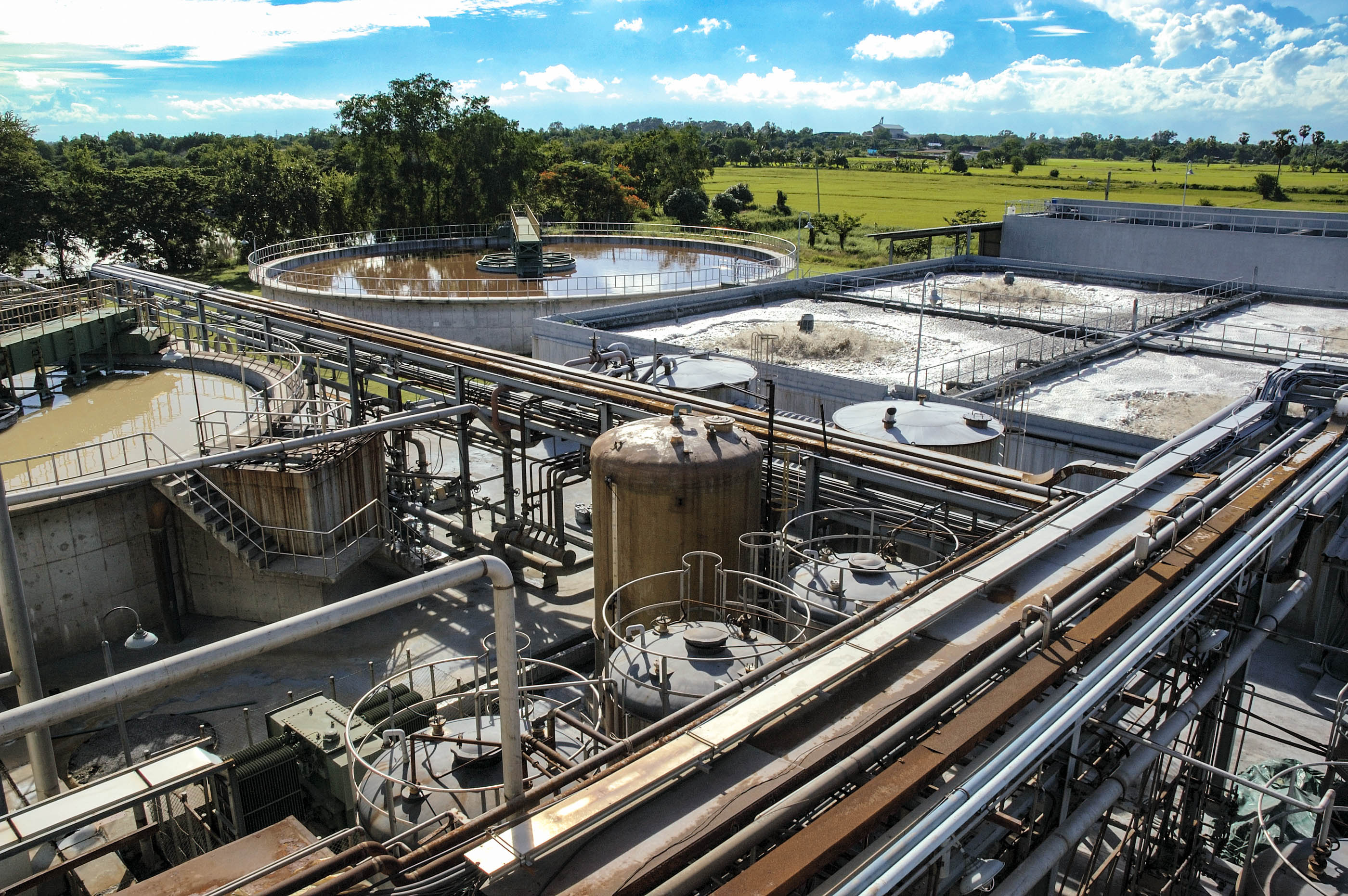
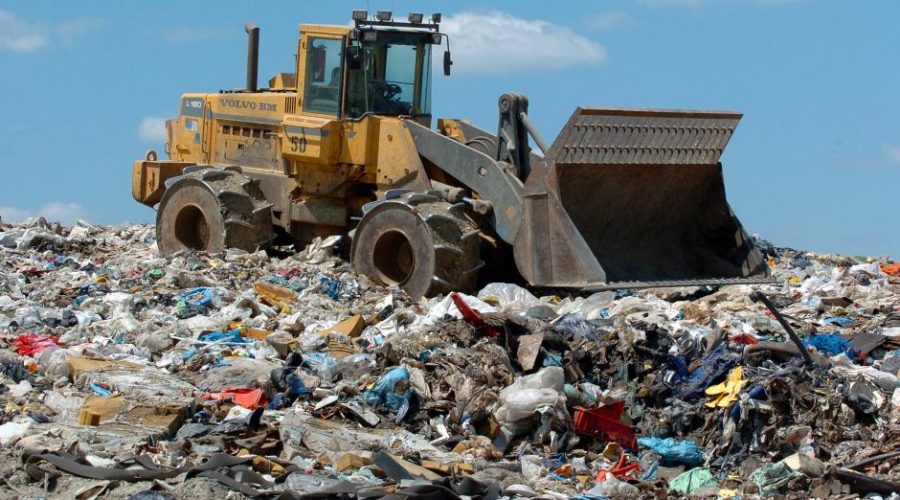
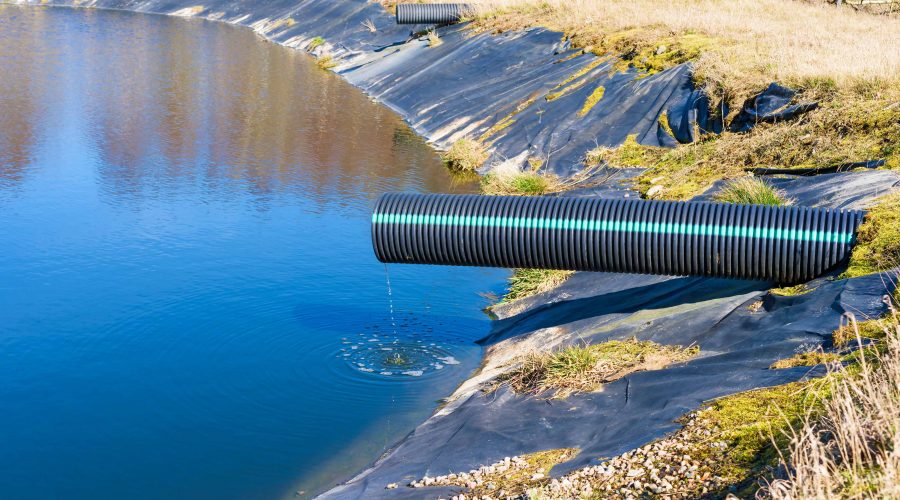
Landfills
A landfill site is used for disposal of waste materials by burial. Trash is compacted before being deposited in the landfill. It's then covered with multiple layers, including a covering of soil at the end of each day.
We believe landfills can impact the market value of nearby properties. Nearby properties may be potentially affected as a result of dust, noise, flies and other insects, vermin, traffic, odors, and debris. Landfills may also pose several environmental and health threats to nearby residents. There are possible hazardous associated with landfills, such as groundwater contamination, air quality reductions, and the accumulation of methane gas.
Landfills produce leachate, a toxic liquid that drains from the compressed trash. Leachate is composed of pollutants, including toluene, phenols, benzene, ammonia, dioxins, polychlorinated biphenyls (PCBs), chlorinated pesticides, heavy metals, and endocrine-disrupting chemicals. Landfills also produce gas that can move through soil and collect in nearby buildings. The most toxic gasses are ammonia, sulfides, methane, and carbon dioxide. Ammonia and hydrogen sulfide cause most of the odors at landfills. Methane is highly flammable and concentrations at landfills sometimes exceeded explosive levels indoors.
Active Superfund Sites
Since Congress passed the Superfund law in 1980, many of the worst hazardous waste sites in the U.S. have either been cleaned up or contained. Unfortunately, hundreds more are "works in progress" and may expose humans to dangerous levels of toxic chemicals. Active Superfund sites are polluted locations requiring a long-term response to clean up hazardous material contaminations. Active Superfund sites can include abandoned industrial sites, city landfills, and military depots. There are currently more than 1,300 Superfund sites in the United States. We believe Superfund sites can negatively impact the market value of nearby properties.
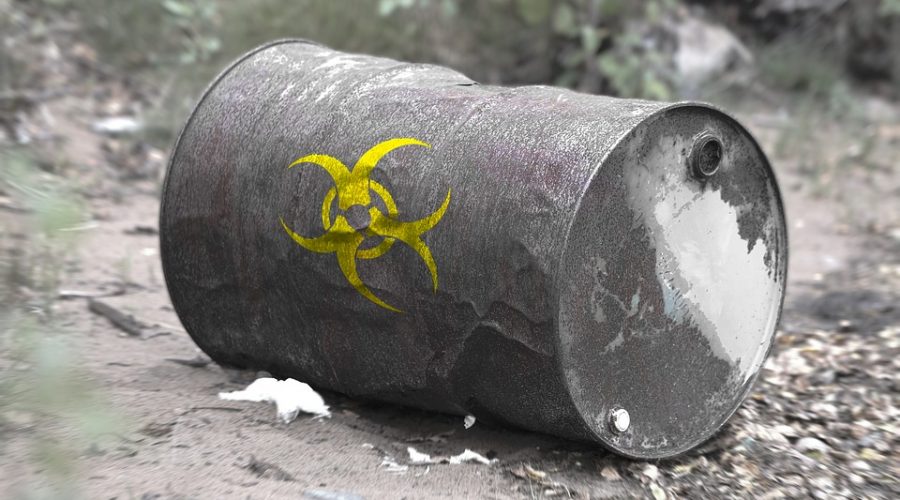
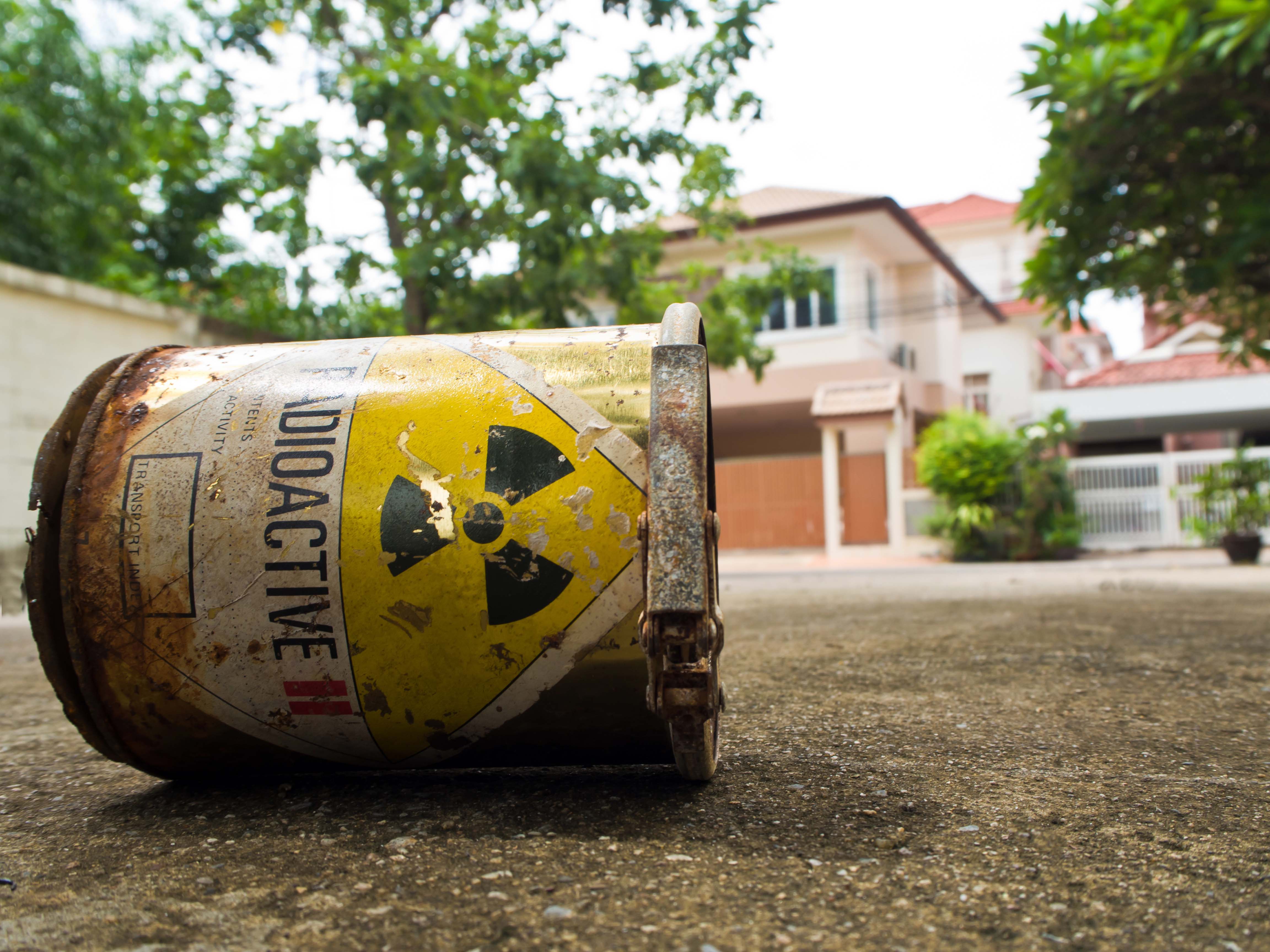
Proposed Superfund Sites
A proposed Superfund site is any land in the United States that has been contaminated by hazardous waste and identified by the Environmental Protection Agency (EPA) as a candidate for cleanup because it poses a high and significant risk to human health and the environment. The EPA uses its Hazard Ranking System (HRS) to determine the toxic waste site’s threat to public safety. The HRS is based on the size of the site, the toxic materials present, and the site’s hazard to human health. Proposed Superfund sites can include abandoned industrial sites, city landfills, and military depots.
We believe proximity to proposed Superfund sites can negatively impact the market value of nearby properties. Common contaminants found at Superfund sites include asbestos, arsenic, lead, mercury, vinyl chloride, dioxin, cadmium, and radioactive material.
Railroads
Rail transportation in the United States primarily consists of freight shipments. The interconnected railroad system moves around a third of the country's freight traffic and carries goods, such as coal, grain, chemicals, and motor vehicles. About 700 railroads operate common carrier freight service in the United States. There are approximately 150,000 miles of railroad track in the United States.
We believe proximity to railroad tracks can impact the market value of nearby properties. Railroads may pose several environmental and health threats to nearby residents. Noise pollution can affect the lives of those living near railroads. Residents living in proximity to rail lines may also face increased exposure to harmful microscopic particles from diesel emissions. These concentrations may exceed U.S. air quality guidelines.
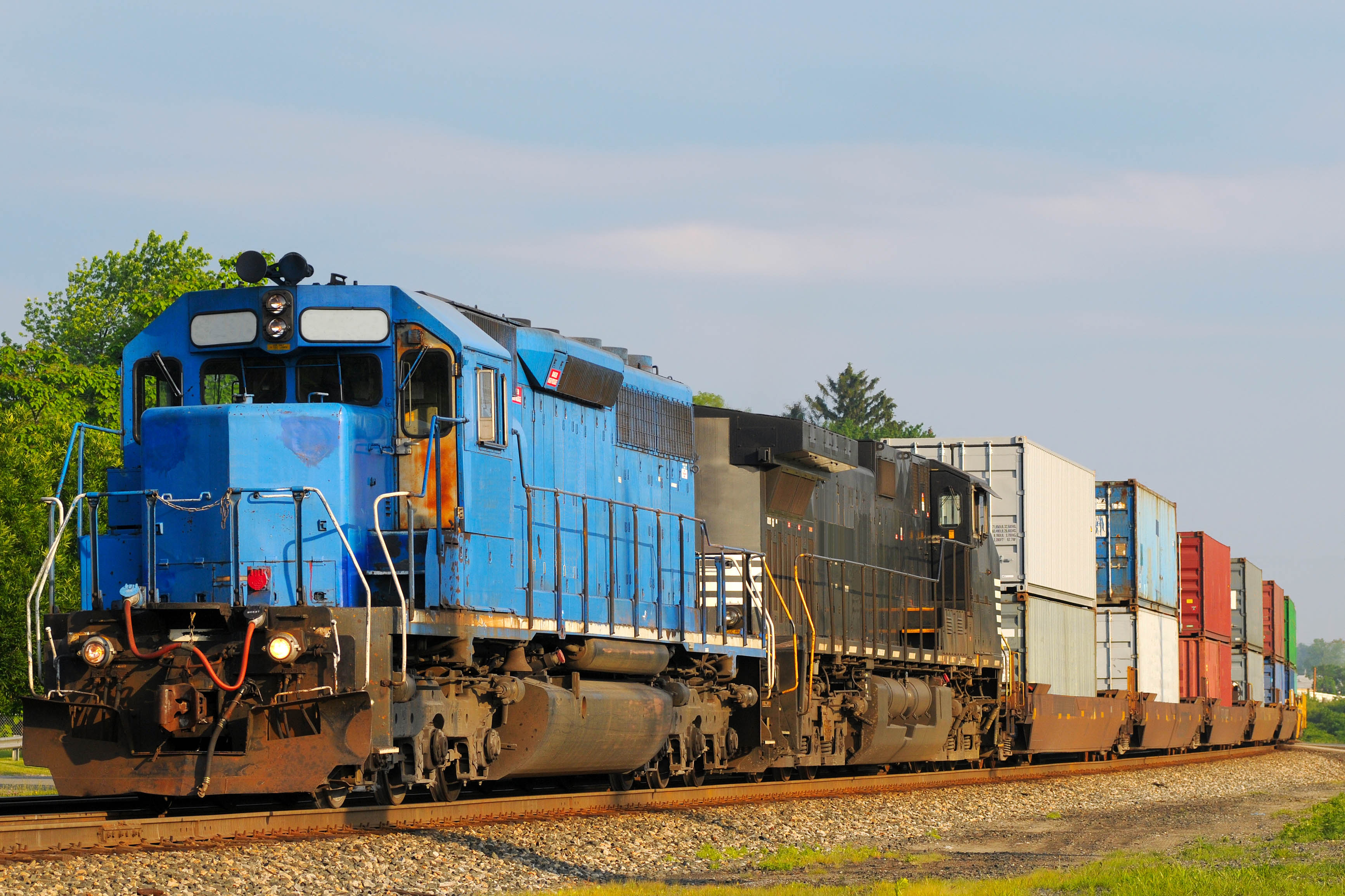
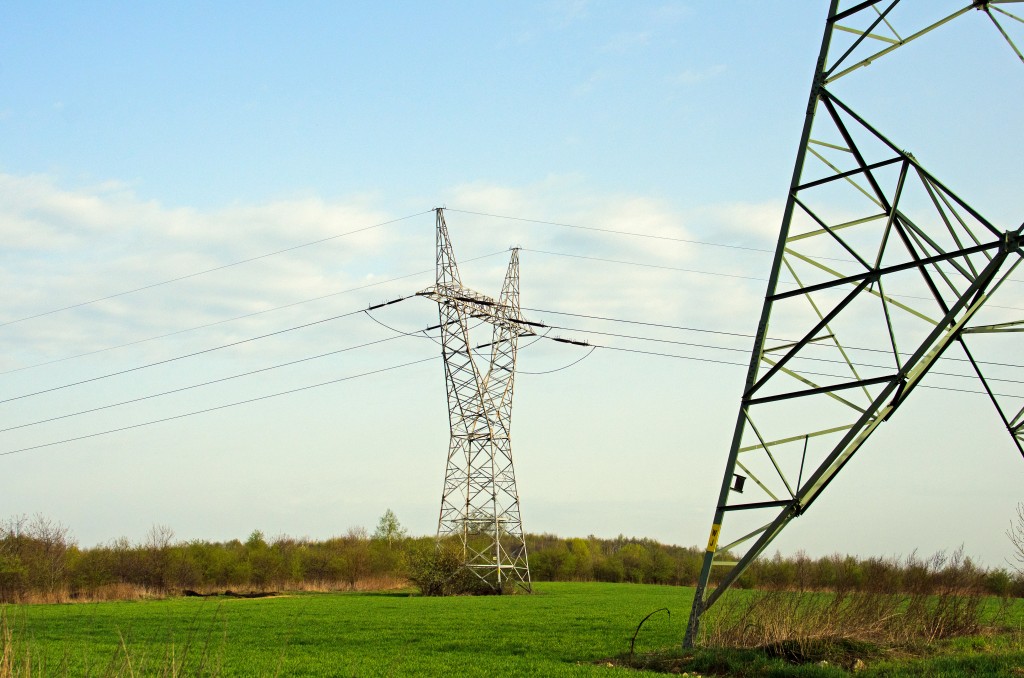
High Voltage Power Lines
Electric-power transmission is the bulk movement of electrical energy from a generating site, such as a power plant, to an electrical substation. Power lines carry high-voltage electric current from one place to another. When current flows through a wire, two fields are created around it: an electric field and a magnetic field. The strength and extent of the magnetic field depends on three things: how much current is flowing, the voltage, and the configuration of the wires. Since power lines may carry vast amounts of current, often at high voltages, substantial electromagnetic fields (EMF) are created. Power Line EMF is strongest directly underneath the power lines and gradually fades away with increasing distance.
We believe High Voltage Power Lines can impact the market value of nearby properties. Nearby properties may be potentially affected because of the unappealing view of the lines and towers, as well as for the scientific disputes regarding health and safety. The issue of health effects has received attention due to the fear of harmful exposure to electromagnetic fields (EMFs).
Roadway Construction
Roadway improvements are defined as roadways that are rebuilt primarily along existing alignment. Reconstruction normally involves full-depth pavement replacement. Other roadway improvements could include expansion of highway lanes, changing the fundamental character of the roadway, or reconfiguring intersections and interchanges.
We believe roadway improvements can impact the market value of nearby properties. Major improvements to existing transportation infrastructure can have various effects on nearby real estate. In some cases, the expansion leads to positive results on real estate values, while other properties may be impacted negatively due to access restrictions, noise, emissions, and vibrations from proximity to a major roadway.
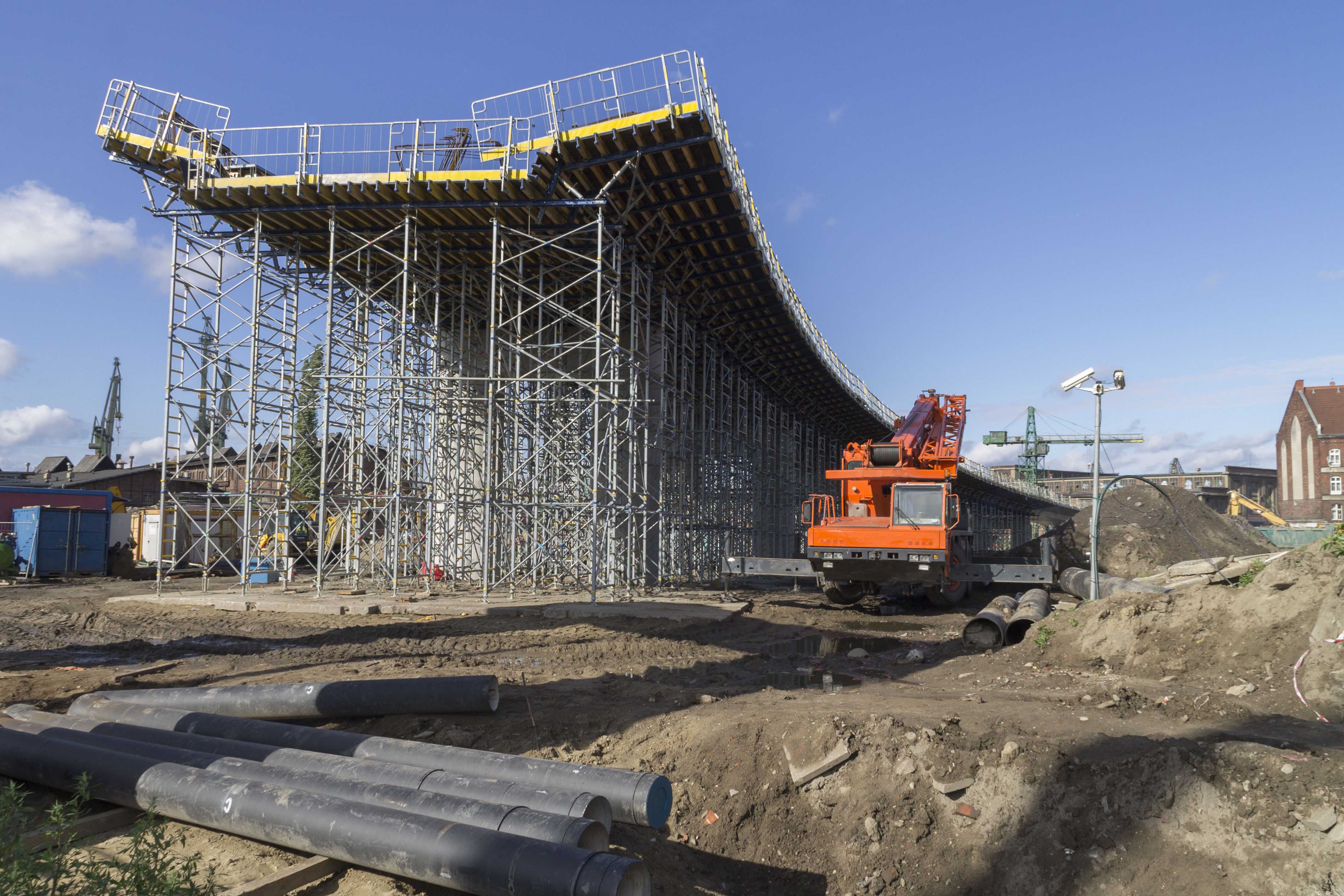

Registered Sex Offenders
A registered sex offender is a person who has been convicted of a crime involving a sexual offense. Federal, state or local laws require the person to be placed on the Sexual Offender Registry after they have served their criminal sentences, or when they have been released on parole. These acts can range anywhere from misdemeanors to felonies, and the definition of a sex crime differs from jurisdiction to jurisdiction. The level of the offense depends on the crime committed, the nature of the crime, the age of the parties involved, and the probability to recommit the offense.
We believe registered sex offenders can negatively impact the market value of nearby properties. Nearby properties are often affected because of the potential crime risks associated with nearby sex offenders. We believe sex offenders not only affect the value of adjacent properties, but also the value of other homes in the nearby vicinity.
*NOTE: WHILE ALL ATTEMPTS ARE MADE TO PROVIDE COMPLETE AND ACCURATE INFORMATION, IMPACT CHECK DOES NOT GUARANTEE THE ACCURACY OF THE INFORMATION. OUR DATA SOURCES RELY ON ADDRESSES AT SPECIFIED TIMES. THE INFORMATION WAS CONSIDERED UP TO DATE AT THE TIME IT WAS COMPILED.
*NOTE: THE APPLICATION OF THE INFORMATION CONTAINED MAY VARY FROM STATE TO STATE. NOT ALL DATA SETS ARE AVAILABLE IN ALL STATES. IMPACT CHECK’S CURRENT DATA SOURCES DO NOT CONTAIN DATA FROM HAWAII OR ALASKA.